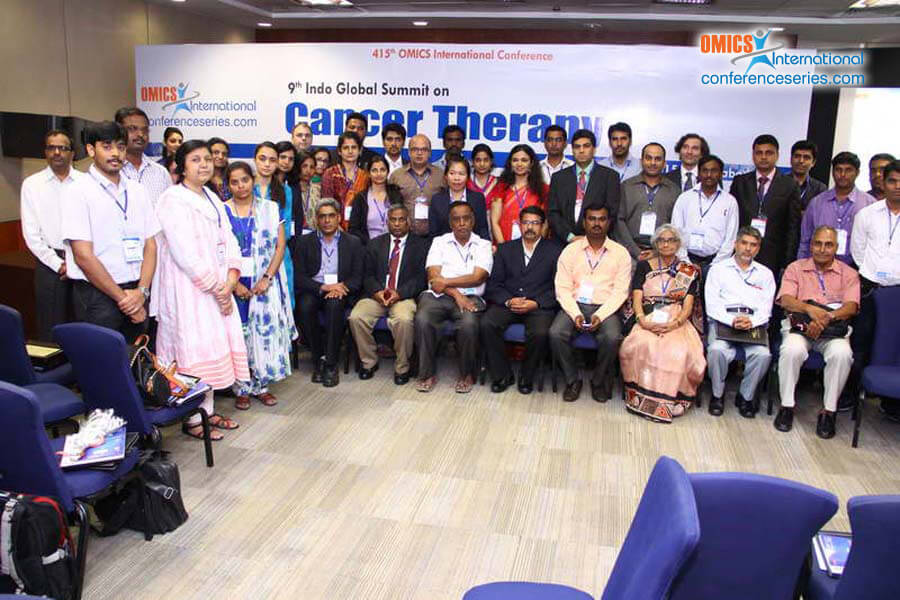
B Vijay Raj
Andhra Loyola College, India
Title: Identification of the small molecules targeting Mdm2 and inhibiting P53 binding to be a promising approach to treat cancer by structure based virtual screening, docking and molecular dynamic simulation studies
Biography
Biography: B Vijay Raj
Abstract
P53 is an important tumor suppressor gene with a known role in the later stages of cancer. Since its discovery in 1979, p53 has become the focus of intensive cancer based research in laboratories around the world. Tumor suppressor gene p53 is an attractive cancer therapeutic target because it can be functionally activated to eradicate tumors. Mdm2 has been identified as a p53 interacting protein towards represses p53 transcriptional activity. Mdm2 achieves this repression by binding to and blocking the N- terminal trans-activation domain of p53. Mdm2 is a p53 responsive gene that is; its transcription can be activated by p53. When p53 is stabilized, the transcription of Mdm2 is also induced, resulting in higher Mdm2 protein levels causing recognition and repair, transcription regulation problems leading to cancer. Thus inhibiting the Mdm2- p53 interactions has been proven to be most promising approach for cancer therapy. In this present paper an investigation was carried out on the mode of interaction between p53 and Mdm2 at molecular level. Then a structure based virtual screening approach was used to identify the target specific Mdm2 inhibitors by docking studies. The best compound will be subjected to molecular dynamic simulations for further validating the docking studies and to reveal interactions during the conformational changes. The identified compounds are compared to that of the FDA drug Nutlin compound that which has already proven. Finally the paper was concluded by proposing a potent lead compound suitable for the inhibition of p53- Mdm2 complex and recommended for the further studies based on the above mentioned results.

